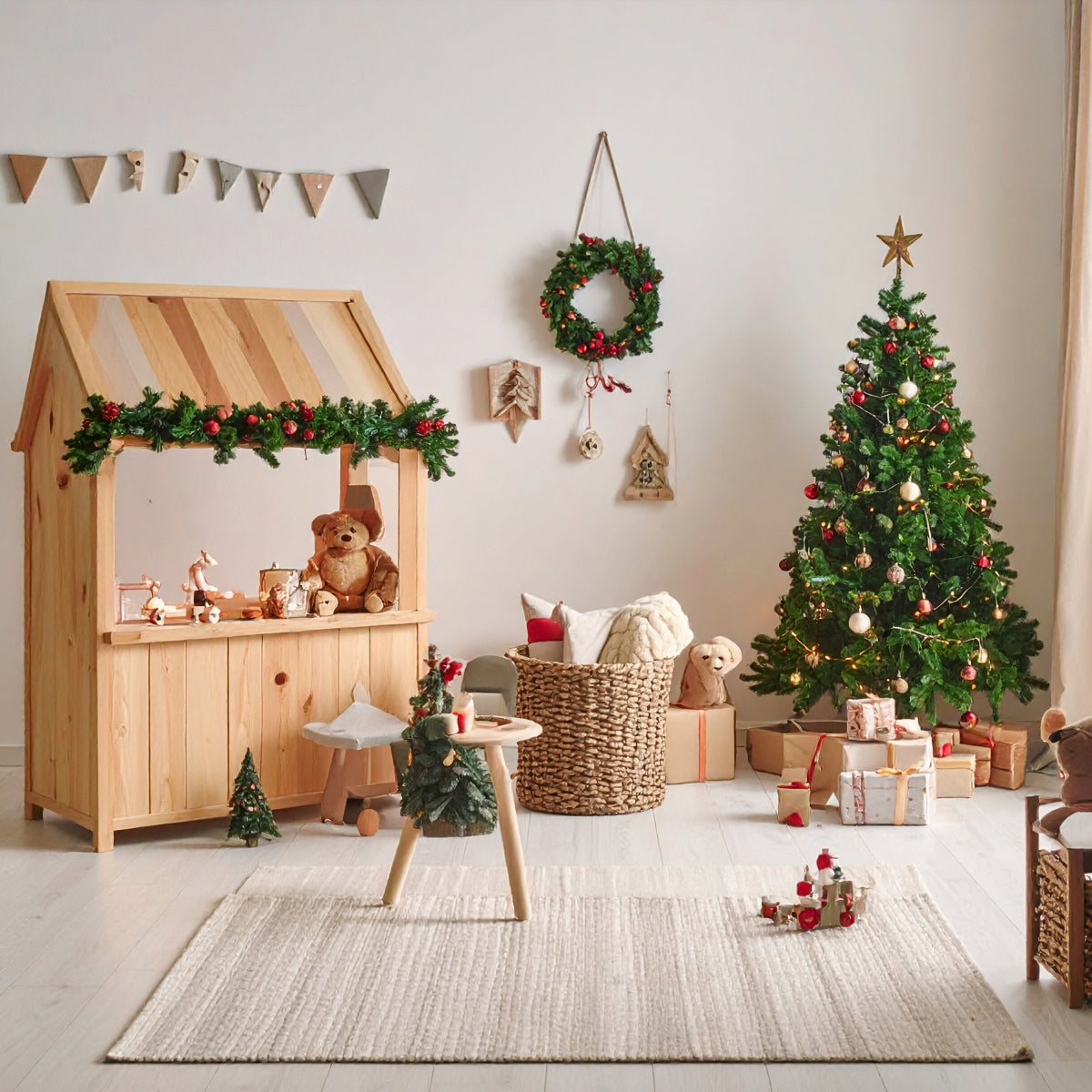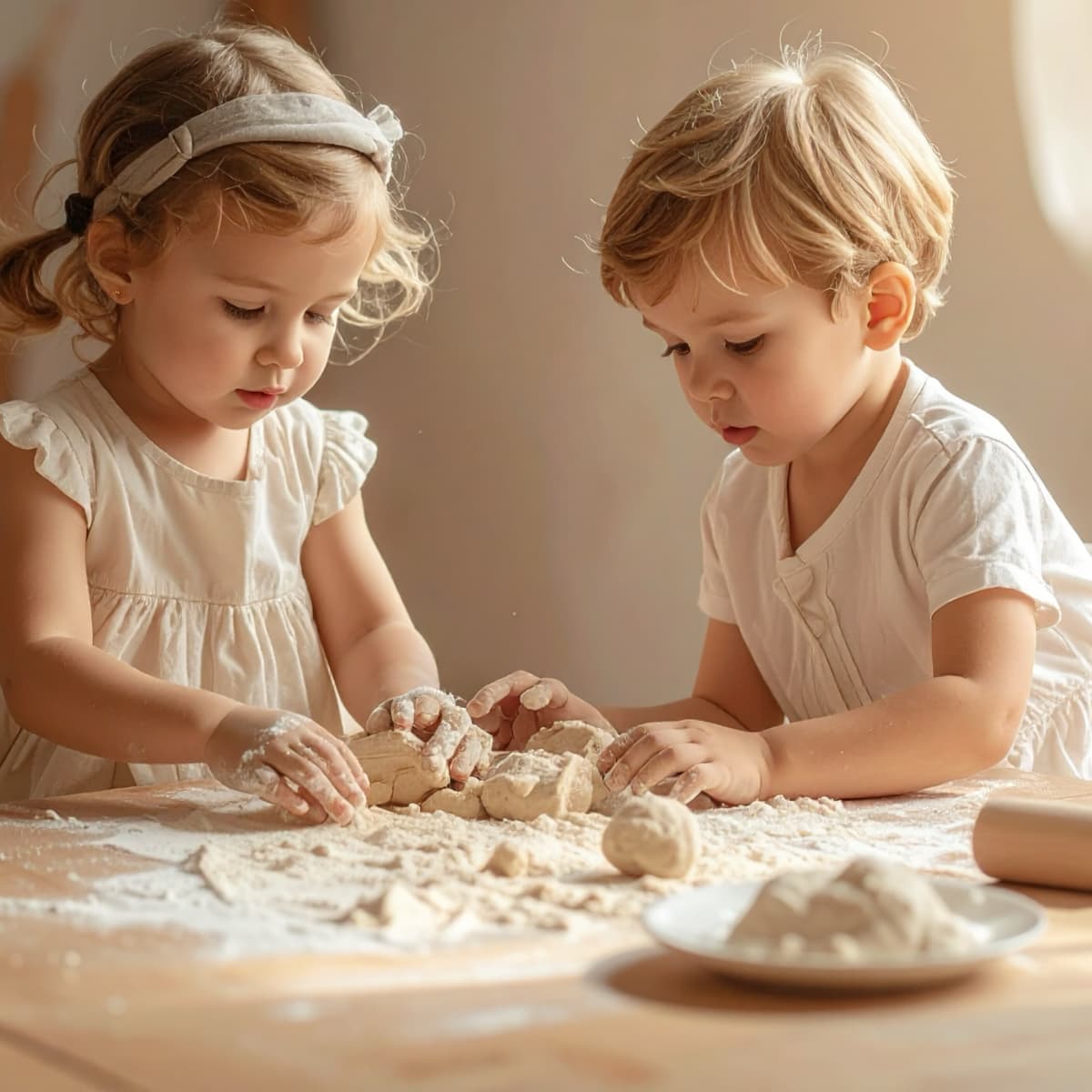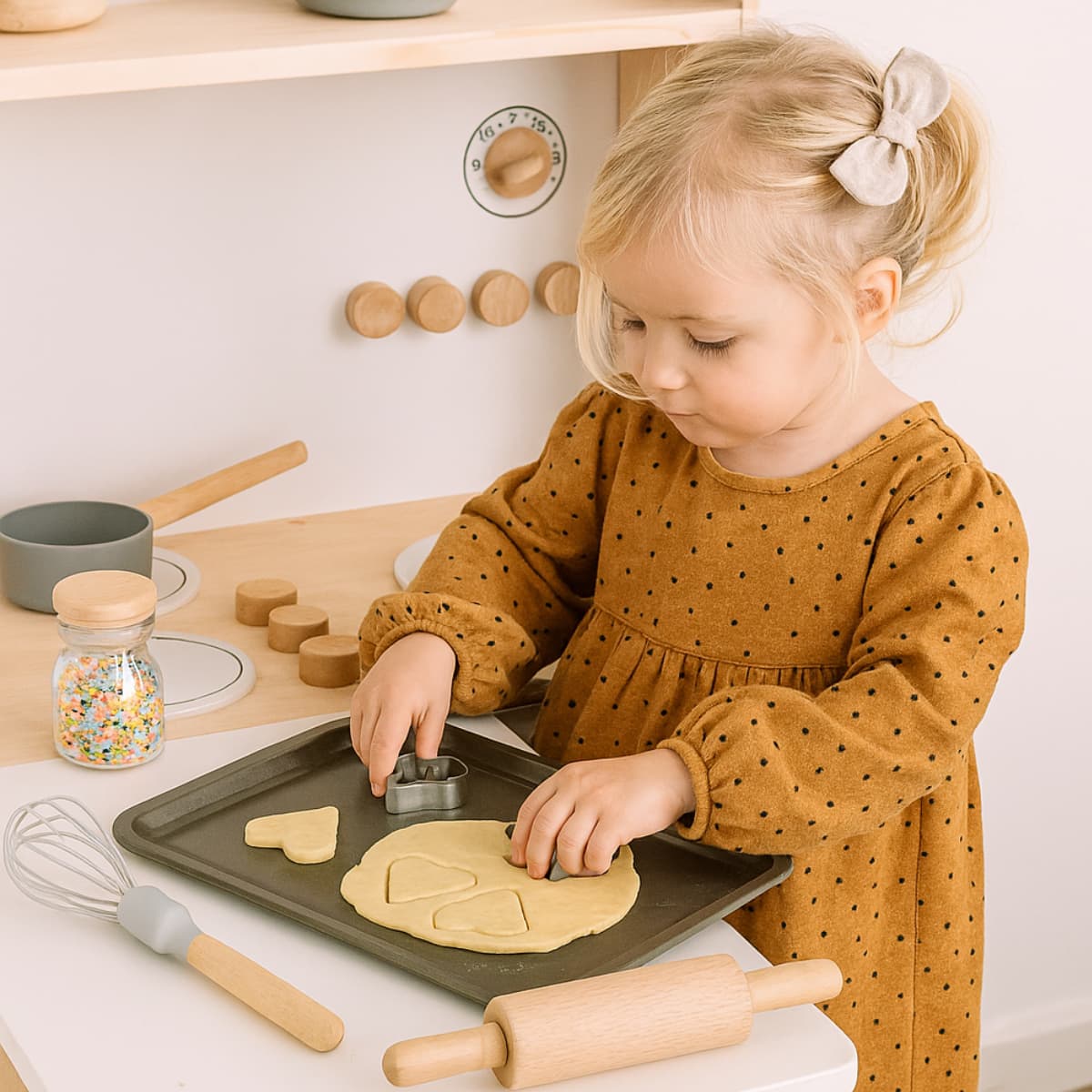
Rubber Tree
Rubberwood – Properties, Uses & Special Features
Rubberwood, also known as Hevea brasiliensis, comes from rubber trees originally cultivated for latex production. After about 25–30 years, the trees are harvested and processed into timber – a sustainable cycle that conserves resources.
Origin & Species
-
Genus: Hevea
-
Main species: Hevea brasiliensis
-
Distribution: Southeast Asia (Thailand, Malaysia, Indonesia), originally from South America
-
Sustainability: Plantation-grown wood, by-product of the latex industry
Appearance & Structure
-
Color: Pale yellow to creamy white, sometimes slightly brownish
-
Grain: Fine, even, occasionally with pore grooves
-
Surface: Smooth, easily stainable, slightly glossy
-
Special feature: Homogeneous texture, calm and decorative
Technical Properties
| Feature | Description |
|---|---|
| Hardness | Medium to hard (Brinell hardness approx. 50 N/mm²) |
| Density | Approx. 620 kg/m³ – medium weight |
| Workability | Excellent for sawing, sanding, and carving |
| Elasticity | Good – ideal for furniture and toys |
| Durability | Low – suitable only for indoor use |
| Drying | Fast, low shrinkage, prone to fungi if stored improperly |
Applications
-
Furniture: Tables, chairs, shelves, children’s room furniture
-
Toys: Building blocks, tone bars, puzzles, grasping toys
-
Kitchenware: Cutting boards, wooden spoons, tea boxes
-
Handicrafts: Decorative items, picture frames, bowls
-
Musical instruments: Small drums, maracas
-
Packaging: Crates, laminated wood panels
-
Paper production: Pulp from residual wood
Advantages
-
Sustainable – by-product of latex harvesting
-
Very hard and durable
-
Easy to work with and stain
-
Non-toxic – ideal for children’s products
-
Affordable and ecologically sound
Disadvantages
-
Not weather-resistant
-
Susceptible to fungi and insects without treatment
-
Requires proper drying and finishing
-
Mostly sourced from the Far East – long transport routes
Conclusion
Rubberwood is a sustainable, versatile material with high strength and a pleasant appearance. Especially for toys, furniture, and kitchen products used indoors, it offers ideal qualities – eco-friendly, durable, and safe for children.





